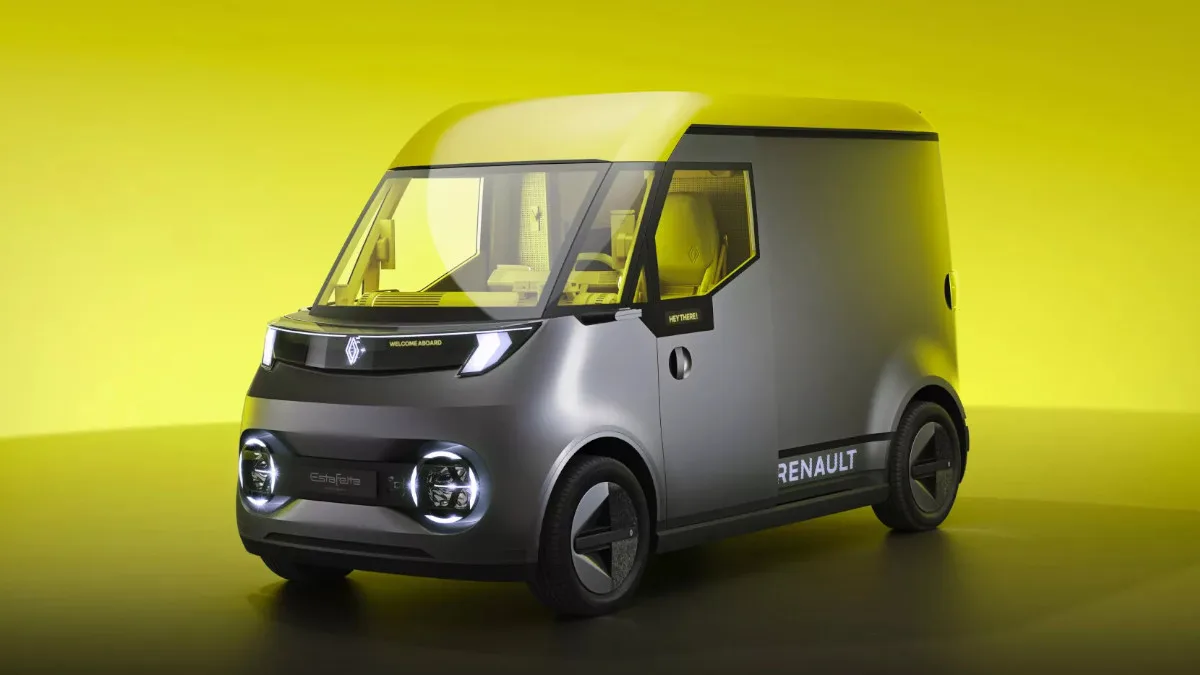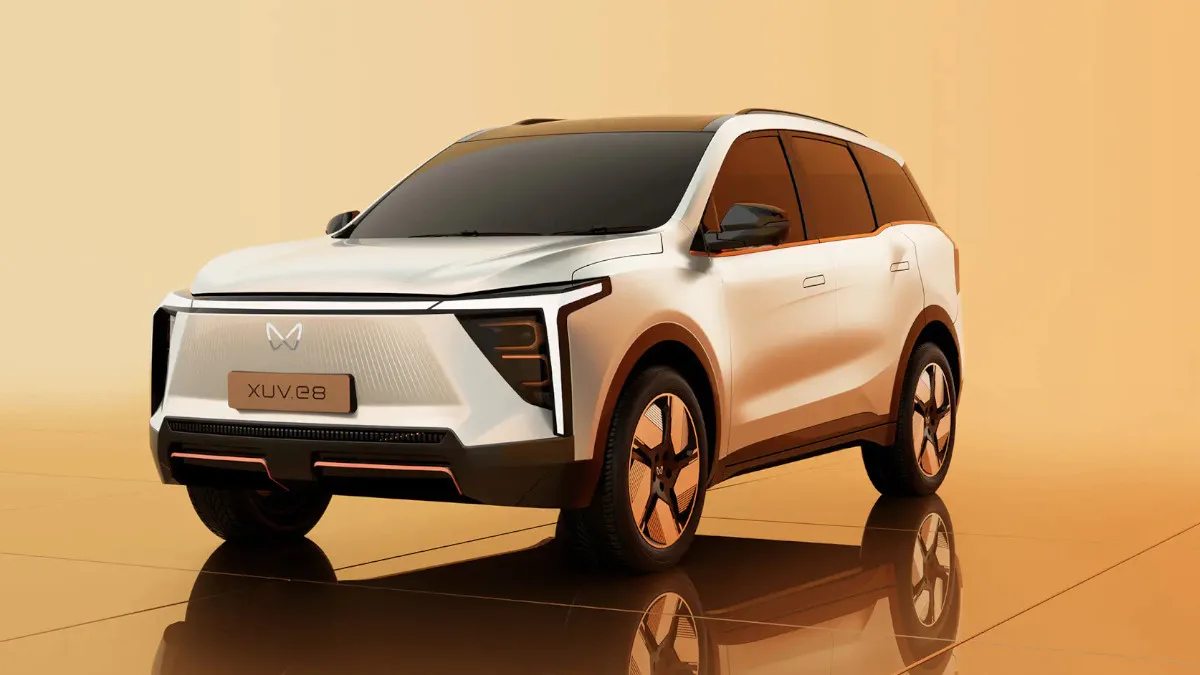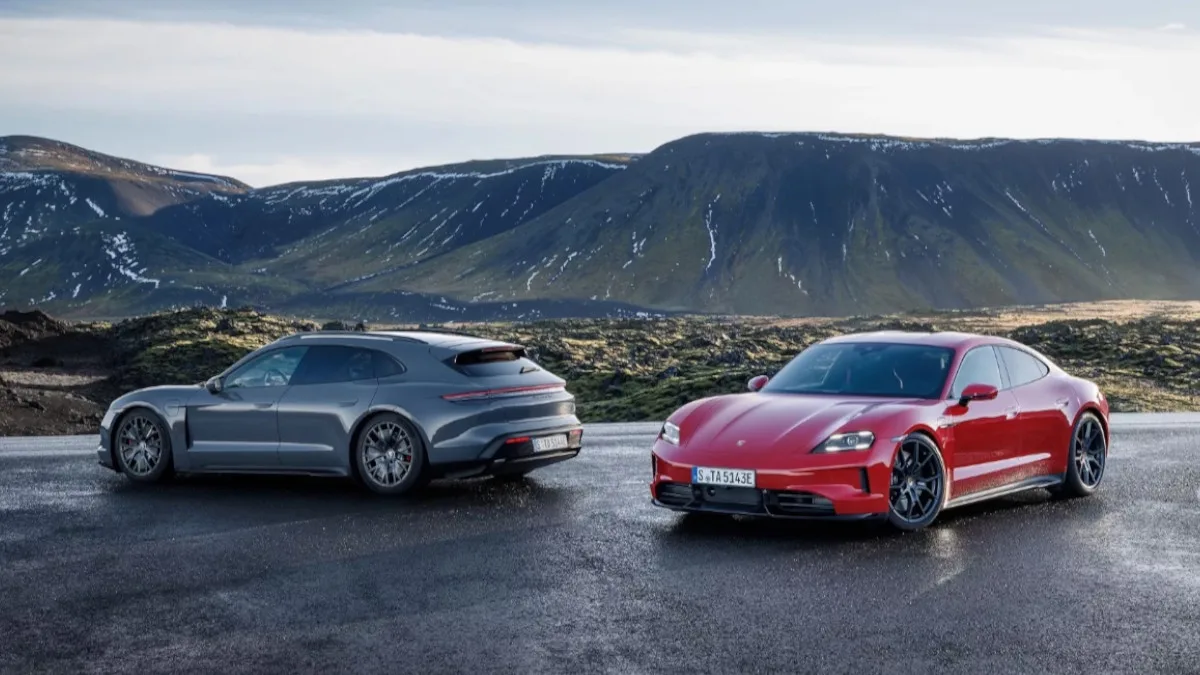The Estafette Concept represents Renault’s bold vision for the future of electric utility vehicles, demonstrating how the brand plans to tackle the growing challenges in urban logistics and energy transition. This cutting-edge all-electric van offers a glimpse into how Flexis—a collaboration between Renault Group, Volvo Group, and CMA CGM Group—will revolutionize the logistics sector, especially in last-mile delivery solutions. Designed specifically for cities, the Estafette Concept combines practicality with advanced technology, positioning itself as a crucial step toward fully sustainable, connected, and driver-friendly urban transportation.
A Van Tailored for City Needs
The Estafette Concept is crafted with urban environments in mind. This compact yet spacious electric van seamlessly blends the length of the Kangoo L2, the agility of the Clio, and the load capacity of the Trafic L1H2. Its design is both functional and efficient, making it an ideal vehicle for delivery professionals and tradespeople who navigate busy city streets. Despite its compact design, the Estafette offers ample cargo space, ensuring that professionals can transport goods effectively without compromising maneuverability.
Engineered based on feedback from professional drivers, the Estafette Concept prioritizes ease of use and safety. It simplifies daily operations with features designed to streamline loading and unloading, while also enhancing safety for both drivers and cargo. This focus on user-friendly functionality is a key part of Renault’s strategy to create vehicles that cater to the evolving needs of urban logistics.
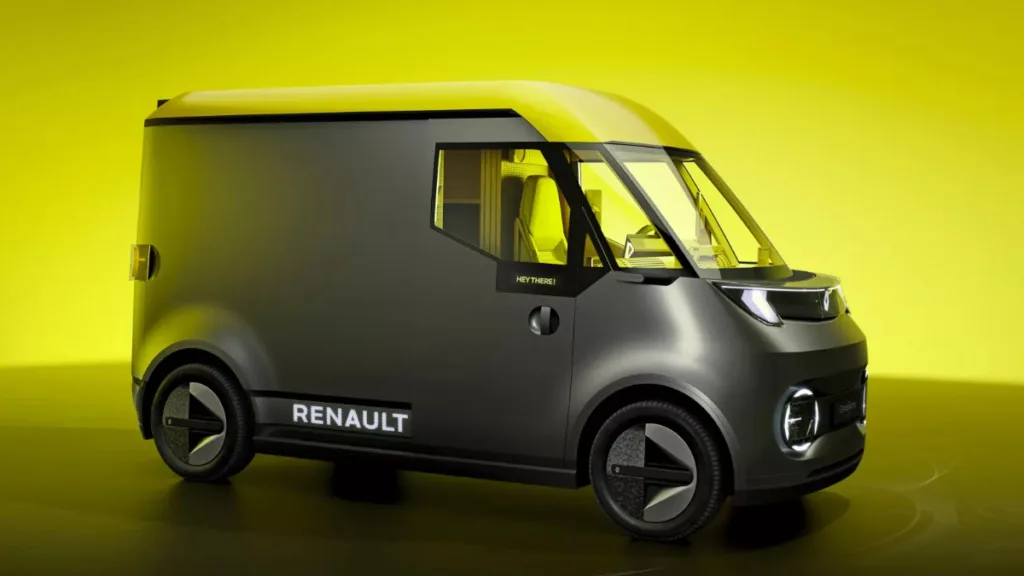
Advanced Technology: Software-Defined Vehicle (SDV) Architecture
One of the standout features of the Estafette Concept is its integration of the Software-Defined Vehicle (SDV) architecture, which is part of the FlexEVan platform developed by Ampere. The SDV electronic architecture plays a pivotal role in improving the performance and cost-efficiency of next-generation electric vehicles. It enables real-time updates, predictive maintenance, and advanced connectivity features that enhance the overall driving experience and lower the cost of vehicle ownership by approximately 30%.
The ability to receive real-time updates ensures that the Estafette Concept stays up to date with the latest technology advancements, reducing the need for frequent manual interventions. Predictive maintenance, meanwhile, helps identify potential issues before they arise, minimizing downtime and ensuring that the vehicle remains operational for longer periods.
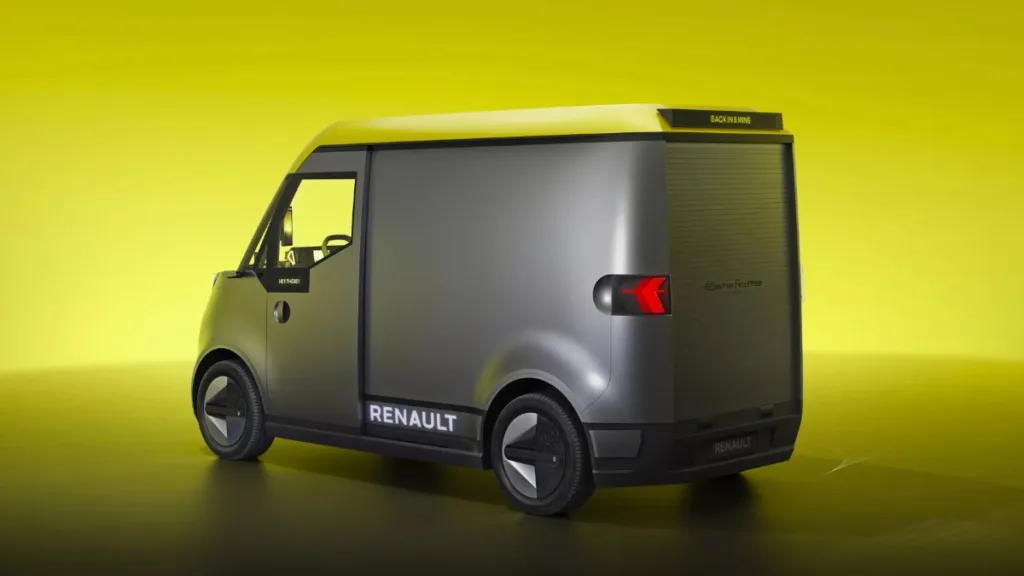
Meeting the Growing Demands of E-Commerce
The exponential growth of e-commerce has significantly increased the demand for efficient and sustainable freight transport. As city centers introduce tighter traffic restrictions, traditional vans may struggle to meet the needs of delivery professionals, retailers, and tradespeople. The Estafette Concept, built on the FlexEVan platform, is Renault’s answer to this challenge. Its design is based on feedback from professionals, with two key goals: enhancing driver and cargo safety, and optimizing loading and unloading processes.
The Estafette Concept embodies Renault’s vision of the perfect utility vehicle, 65 years after the original Estafette revolutionized the van industry. By addressing modern logistical challenges, the Estafette Concept provides a forward-thinking solution that balances practicality with sustainability.
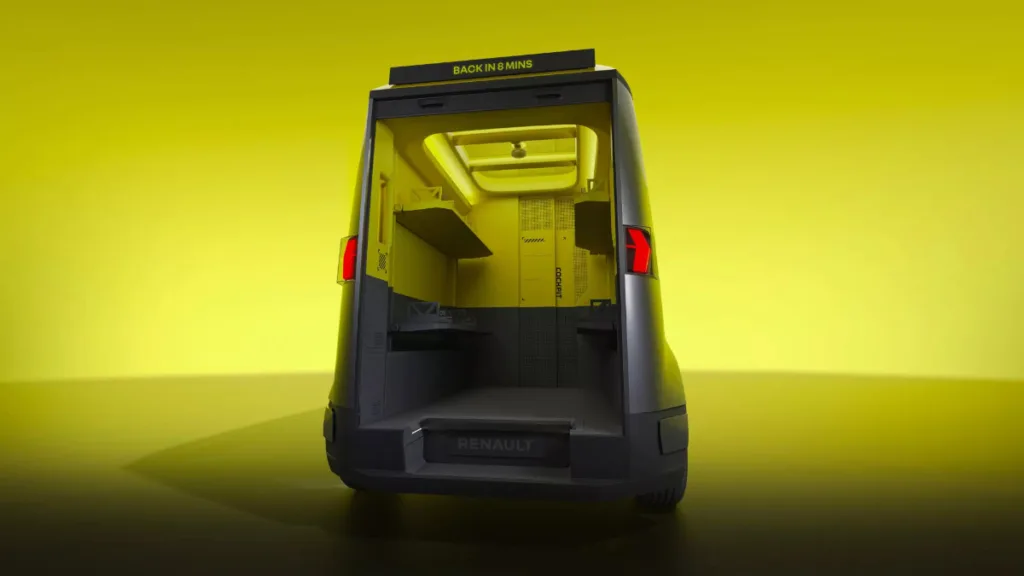
A Collaborative Effort: Flexis
Flexis, the independent company formed by Renault Group, Volvo Group, and CMA CGM Group, is at the heart of the Estafette Concept’s development. Flexis focuses on creating electric utility vehicles that address the specific needs of urban logistics, with a strong emphasis on sustainability, safety, and efficiency. According to Philippe Divry, CEO of Flexis SAS, the Estafette Concept is the first example of what future electric utility vehicles will look like. Compact, connected, and purpose-engineered for city use, the Estafette Concept sets the standard for fully sustainable delivery services.
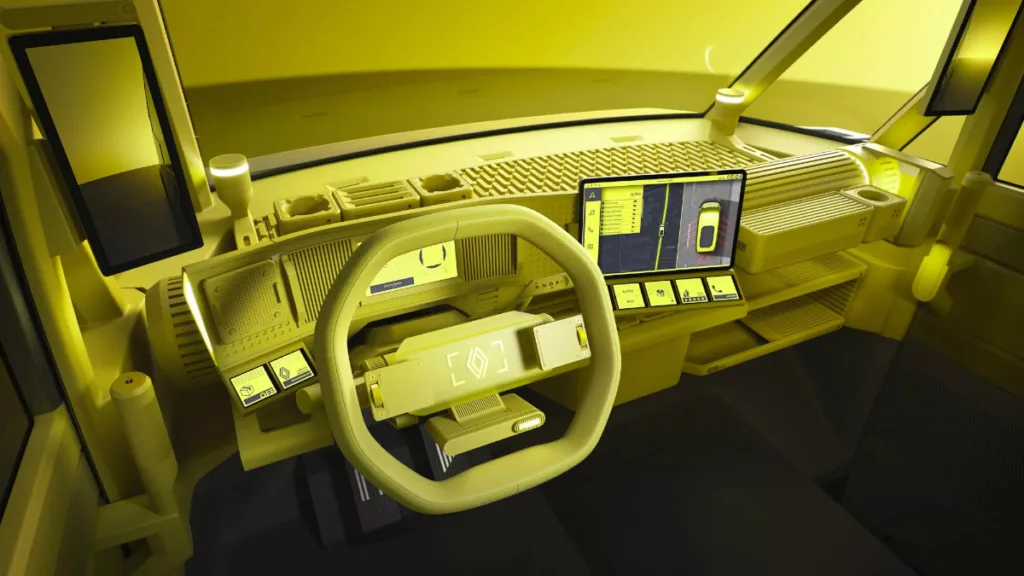
A Nod to the Past: The Estafette’s Legacy
The Estafette Concept pays homage to Renault’s iconic 1959 Estafette van, which was a game-changer in its time. The original Estafette was the first Renault vehicle to place the entire powertrain at the front, freeing up space for cargo. Similarly, the new Estafette 4.0 is the first to utilize the FlexEVan electric platform, marking a new era in utility vehicles.
Both the original and the modern Estafette were designed with professionals in mind. In 1959, Renault launched the Estafette with a nationwide delivery tournament to showcase its capabilities. Today, the Estafette Concept is set to revolutionize urban logistics once again, with production expected to begin in two years.
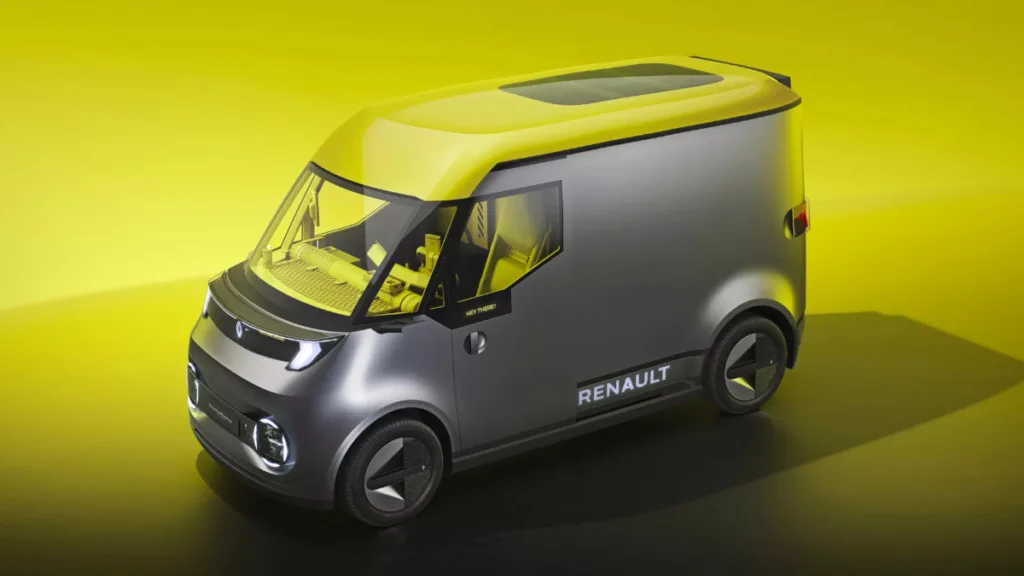
Conclusion
The Estafette Concept encapsulates Renault’s vision for the future of electric utility vehicles. Combining compact design, advanced technology, and professional-grade features, this all-electric van is poised to reshape last-mile logistics. As e-commerce continues to drive demand for efficient urban delivery solutions, the Estafette Concept, built on the FlexEVan platform and powered by SDV architecture, offers a glimpse into the future of sustainable transportation. Keep an eye on Renault and Flexis as they bring this innovative vehicle to life in the coming years.
Discover more from Wheels Craze - Automotive News, EV News, Car News, Bike News
Subscribe to get the latest posts sent to your email.


